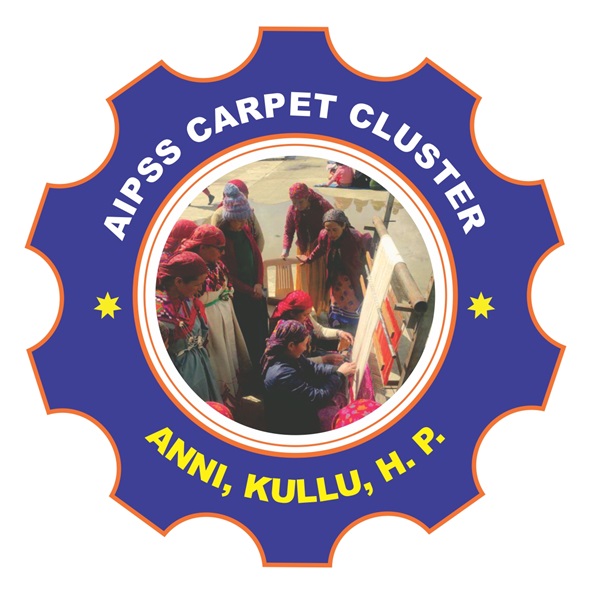The Carpet and Floor Covering Craft of Anni, Kullu, Himachal Pradesh
The art of carpet and floor covering in Anni, Kullu, Himachal Pradesh, is a rich tapestry of tradition, culture, and craftsmanship. This craft, which has been passed down through generations, reflects the vibrant cultural heritage and intricate artistry of the region. The carpets and floor coverings produced here are renowned for their exquisite patterns, vibrant colors, and symbolic meanings, making them highly valued both locally and internationally.
The carpet and floor covering craft of Anni, Kullu, Himachal Pradesh, is a testament to the region's rich cultural heritage and the artisans' exceptional skill. The vibrant patterns, traditional symbols, and meticulous craftsmanship make these carpets not just functional items but also pieces of art that tell a story. Under the aegis of the AIPSS CARPET CLUSTER, these artisans continue to preserve and promote this invaluable craft, ensuring its survival for future generations.
The craftsmanship involved in making these carpets is a labor-intensive process that requires precision, patience, and a deep understanding of traditional weaving techniques. The artisans of Anni use locally sourced wool, which is dyed using natural colors to ensure the vibrancy and longevity of the carpets. The weaving process involves several stages, including carding, spinning, dyeing, and finally weaving the patterns into the fabric.
Traditional symbols woven into these patterns often carry hidden meanings, reflecting local folklore, spiritual beliefs, and the artisans' personal stories. This symbolic richness adds depth to the visual appeal of the carpets.
Usage and Significance
Carpets and floor coverings from Anni serve primarily as furnishing items, adding warmth and elegance to homes. These woolen carpets are not only functional but also decorative, enhancing the aesthetic appeal of any space. The intricate patterns and high-quality materials make them durable and valuable pieces of art.
Craftsmanship and Techniques
Creating these carpets involves a meticulous and labor-intensive process, requiring both skill and patience. The artisans start by carding and spinning the locally sourced wool, which is then dyed using natural colors to achieve the vibrant hues characteristic of Kullu carpets. The weaving process itself is intricate, involving the careful interlacing of threads to form the complex patterns and symbols.
Hidden Meanings in Designs
The designs woven into Kullu carpets often carry hidden meanings, adding a layer of depth to their beauty. Floral motifs might symbolize growth and renewal, geometric patterns could represent harmony and balance, and mythical creatures like dragons may denote protection and strength. Understanding these hidden meanings enhances the appreciation of the craftsmanship and cultural significance of the carpets.
